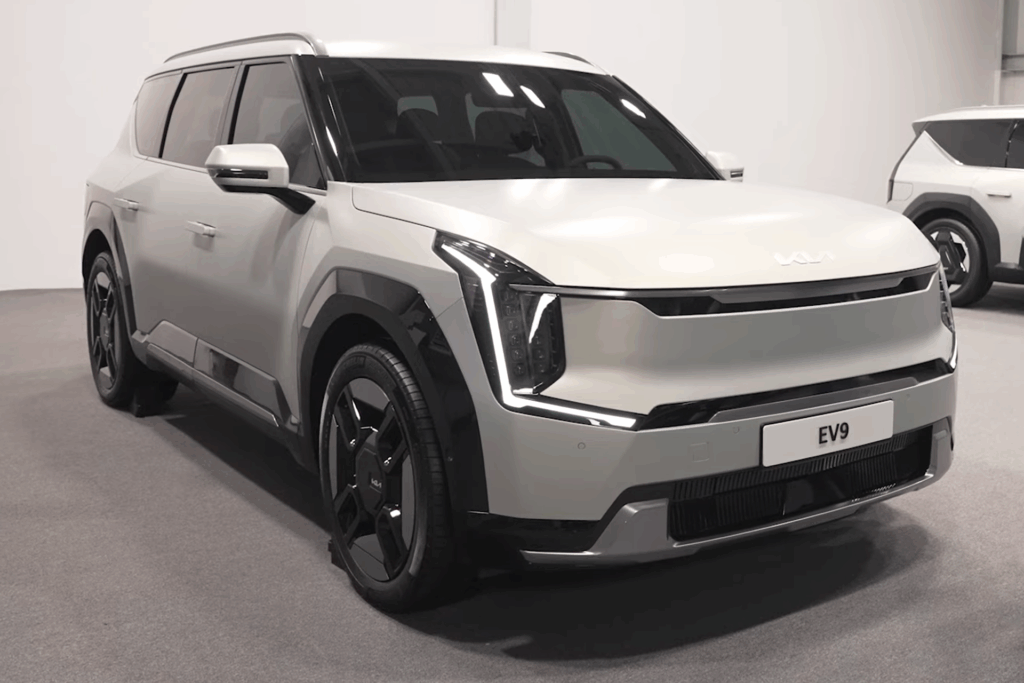Choosing the right car for a new driver is one of the most significant decisions parents face, laden with considerations ranging from safety and reliability to affordability and insurance implications. For inexperienced drivers, often teenagers, the stakes are particularly high. Statistics reveal a sobering reality: teen car crashes are the leading cause of death for 15 to 18-year-olds in the United States, and the fatal crash rate per 100 million miles driven for 16 to 19-year-olds is more than twice the rate compared with drivers ages 20 to 79. These figures underscore the critical importance of selecting a vehicle that prioritizes protection above all else.
Beyond the immediate safety concerns, parents must also weigh the practical aspects of vehicle ownership. New drivers need a car that is not only safe but also reliable, ensuring consistent performance without frequent, unexpected repair costs. Affordability, both in terms of the initial purchase price and ongoing expenses like fuel and insurance, is another crucial factor. It makes little sense to invest in an expensive brand-new car, which may inevitably end up with the dents and scratches that often accompany a novice driver’s learning curve. Fortunately, the market offers a range of models, both new and used, that strike an excellent balance across these essential criteria.
This comprehensive guide aims to arm parents and new drivers with the data-driven insights necessary to make an informed decision. Drawing on extensive research and expert analysis, we will delve into specific models that stand out for their exceptional safety records, dependable performance, and manageable ownership costs. Our goal is to provide clear, actionable recommendations, helping you navigate the complexities of car selection to find a vehicle that builds confidence and maximizes safety for the newest driver in your household. Here are our top recommendations for the best new cars for new drivers.
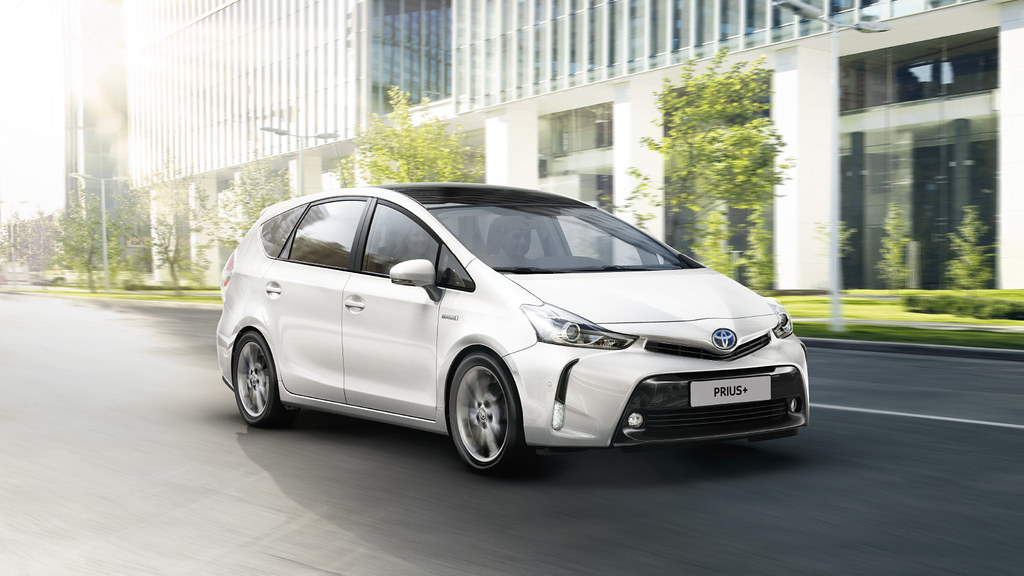
1. **Toyota Prius**: The Toyota Prius emerges as a top contender for new drivers, distinguished by its outstanding safety ratings. The 2024 4-door hatchback model has earned an IIHS Top Safety Pick+, coupled with a 5-Star Overall Safety Rating from NHTSA. These high marks are critical indicators of the vehicle’s crashworthiness and ability to prevent accidents, offering parents significant reassurance. This strong foundation in safety is paramount for equipping inexperienced drivers with a vehicle that provides maximum protection on the road.
Equipping the Prius are advanced safety technologies specifically beneficial for novice motorists. The Safe Exit Alert system, utilizing rear bumper radar sensors, actively warns of approaching vehicles or bicycles when opening a door, a vital feature for enhancing awareness in busy parking or street environments. Complementing this is Proactive Driving Assist, which helps maintain safe distances from other road users and provides gentle assistance around curves, thereby reducing the likelihood of minor incidents and building driver confidence through subtle support.
Beyond safety, the Prius offers compelling practical advantages, particularly its impressive fuel economy of up to 57 combined MPG, thanks to its hybrid powertrain. This directly addresses affordability, providing substantial savings on fuel costs over time—a key consideration for families. Further enhancing its value, the ToyotaCare program includes two years or 25,000 miles of no-cost maintenance and 24-hour roadside assistance, minimizing unforeseen expenses. Moreover, Toyota’s TeenDrive365 program reinforces safe driving practices, demonstrating a comprehensive commitment to supporting young drivers.

2. **Honda Accord**: Another excellent choice for new drivers is the Honda Accord, recognized as an IIHS Top Safety Pick+ for its 2024 4-door sedan model and achieving a 5-Star Overall Safety Rating from NHTSA. These credentials highlight the Accord’s strong performance in crash tests and its effective implementation of collision avoidance technologies. For parents, choosing a vehicle with such high safety ratings offers peace of mind, knowing their new driver is surrounded by robust protective measures.
To aid drivers, particularly those new to the road, the Accord is equipped with advanced safety features from the Honda Sensing Suite. Its Traffic Sign Recognition system actively identifies and displays important road signs, such as speed limits, ensuring drivers remain informed and compliant with regulations. The Collision Mitigation Braking system automatically applies the brakes if a potential frontal collision is detected, working to lessen the impact or even avoid it entirely. Additionally, the Road Departure Mitigation feature tracks lane markings, providing warnings and gentle steering and braking to keep the vehicle on course should it begin to veer off the road.
Practicality and reliability are hallmarks of the Honda Accord, making it a sound investment. With an estimated combined MPG of up to 33, it offers solid fuel efficiency for a midsize sedan. The spacious interior provides comfort, while HondaLink tools, including remote start and vehicle diagnostics, assist in monitoring the car’s condition and ensuring safe operation. The Accord’s well-established reputation for dependability further reduces concerns about unexpected maintenance, presenting a balanced and secure option for young motorists.
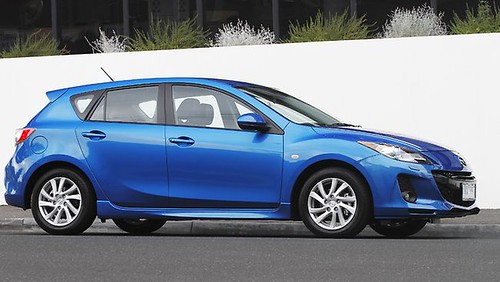
3. **Mazda 3**: The Mazda 3, specifically its 2024 4-door hatchback model, secures its place on our list with an IIHS Top Safety Pick+ award and a 5-Star Overall Safety Rating from NHTSA. These authoritative endorsements confirm the vehicle’s high standards in protecting occupants during collisions and its effectiveness in preventing accidents through sophisticated driver-assist systems. Such strong safety performance is a primary concern for any family selecting a car for an inexperienced driver.
Sporty handling and precise steering make the Mazda 3 an engaging vehicle to drive, but it doesn’t compromise on safety. Its i-Activsense system, for example, includes Blind-Spot Monitoring, which alerts drivers to vehicles in their blind spots, facilitating safer lane changes. The 360° View Monitor provides a comprehensive bird’s-eye perspective around the car, proving invaluable for parking and maneuvering in tight spaces where a new driver’s spatial awareness might still be developing. Furthermore, Rear Cross-Traffic Alert warns of approaching vehicles from the sides when reversing, significantly reducing risks when backing out of driveways or parking spots.
From a practical standpoint, the Mazda 3, available with All-Wheel Drive (AWD), offers an estimated combined MPG of up to 32, balancing performance with reasonable fuel economy. Mazda’s intuitive infotainment system, complete with Apple CarPlay and Android Auto, allows drivers to stay connected safely using hands-free controls. The blend of dynamic driving characteristics, comprehensive safety technologies, and modern connectivity positions the Mazda 3 as an appealing choice that helps new drivers stay alert and avoid hazards on the road.
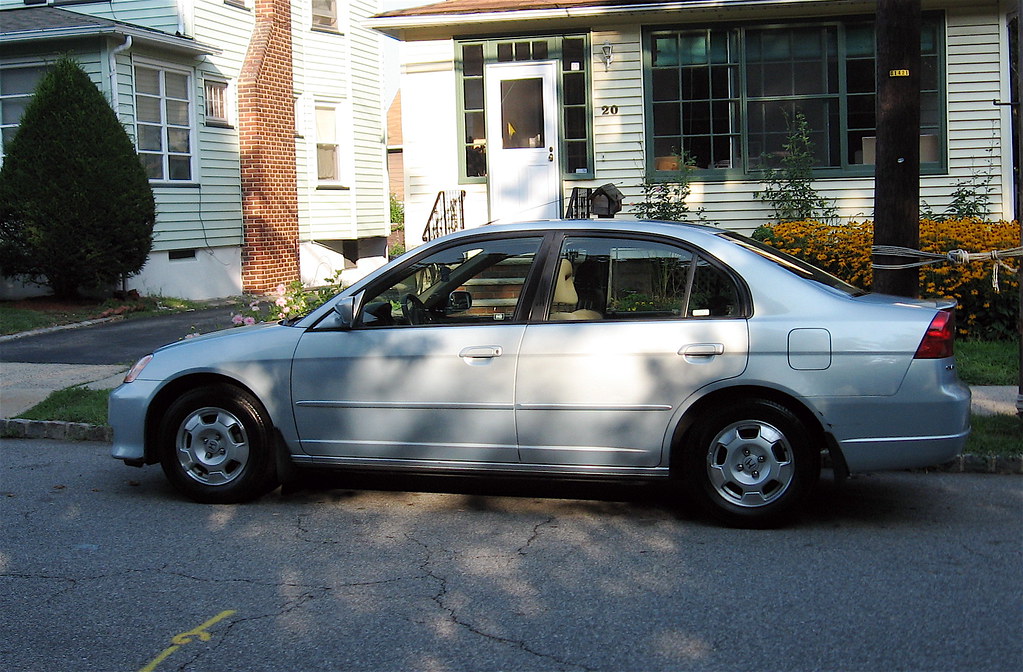
4. **Honda Civic**: For new drivers seeking a blend of reliability, efficiency, and safety, the Honda Civic is an enduring favorite. While specific IIHS Top Safety Pick ratings for the latest model were not provided in the context, its 5-Star Overall Safety Rating from NHTSA is a testament to its robust safety engineering and protective design. This high rating confirms the Civic’s ability to offer a secure environment, which is fundamental for any first-time car owner.
The Civic integrates key safety features, especially valuable for new drivers. Its Collision Mitigation Braking system is designed to apply the brakes automatically if an impending frontal collision is sensed, working to reduce the severity of an impact or prevent it entirely. Complementing this is the Road Departure Mitigation system, which detects unintentional lane drifting and provides corrective steering and braking assistance. These technologies help young drivers maintain control and stay within their lanes, reducing the potential for accidents caused by inattention or inexperience.
Economically, the Honda Civic stands out with its excellent fuel efficiency, offering an estimated combined MPG of up to 36, which translates into lower operating costs—a significant benefit for managing a new driver’s budget. Additionally, the Civic often boasts low insurance costs, further enhancing its affordability. Supported by Honda’s Roadside Assistance and the comprehensive Honda Sensing suite, the Civic provides not just advanced safety features but also a strong support system, contributing to an enhanced and confident driving experience for new motorists.
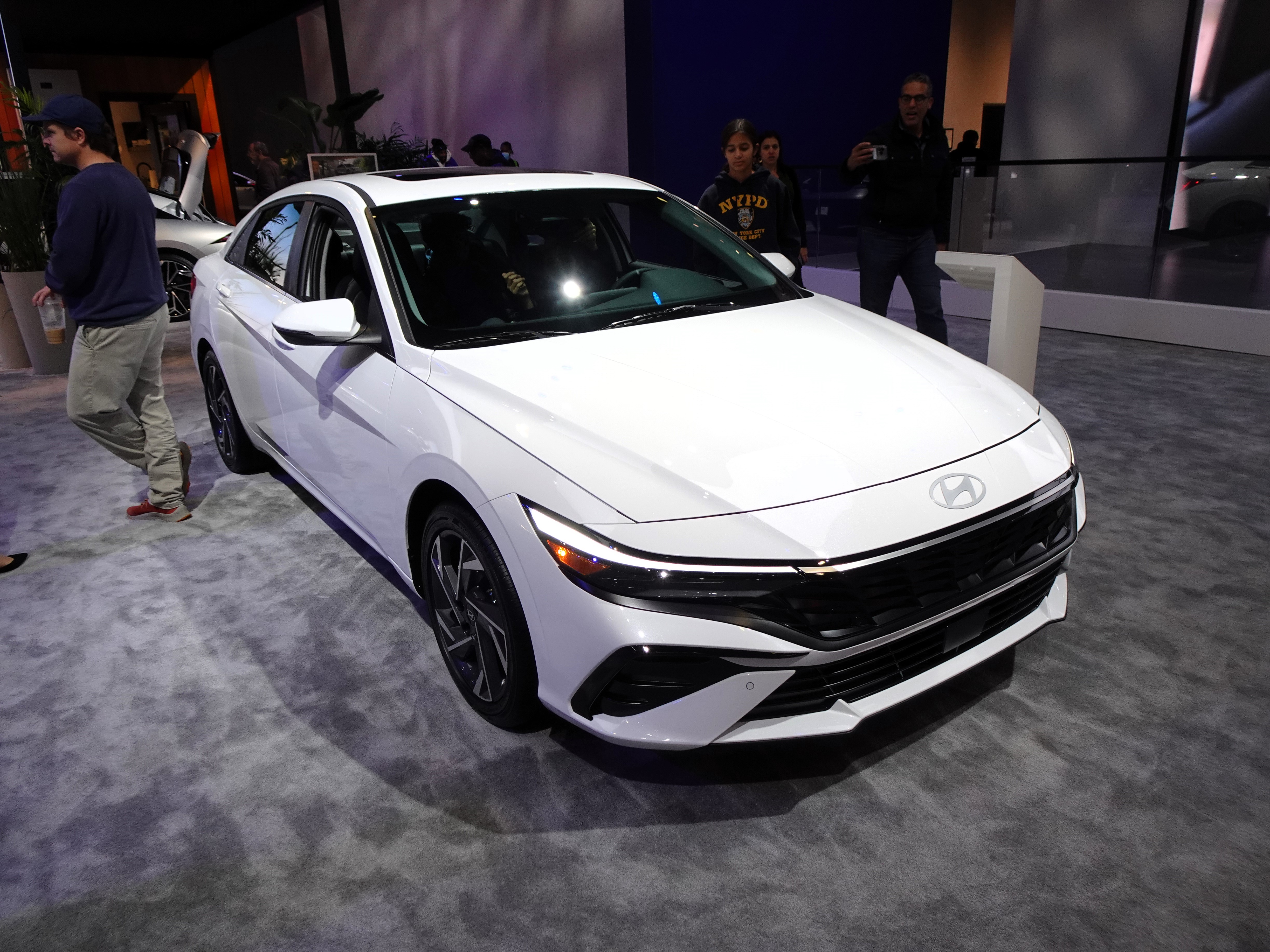
5. **Hyundai Elantra**: The Hyundai Elantra presents a compelling option for new drivers, distinguished by its IIHS Top Safety Pick+ for its 2024 4-door sedan model and a 5-Star Overall Safety Rating from NHTSA. These high safety evaluations underscore the vehicle’s capacity for occupant protection and accident prevention, providing critical reassurance for parents. The Elantra’s commitment to safety is a core advantage for young drivers who are still developing their road skills.
Integrating a host of intelligent safety features, the Elantra actively assists new drivers. Its Intelligent Speed Limit Assist uses speed limit information to help maintain a safe and legal speed, which is particularly useful for those still learning to manage varying speed zones. The Driver Attention Warning monitors driving patterns and alerts the driver if signs of drowsy or distracted driving are detected, a proactive measure against common causes of accidents among young drivers. Moreover, the Safe Exit Warning alerts passengers if it’s unsafe to open a door due to approaching traffic, preventing potential incidents when exiting the vehicle.
Beyond safety, the Hyundai Elantra offers substantial practical benefits. With an estimated combined MPG of up to 36, it provides excellent fuel efficiency, contributing to lower running costs. The vehicle’s modern design and comfortable ride enhance the overall driving experience. Hyundai further sweetens the deal with complimentary maintenance for three years or 36,000 miles and a strong warranty, significantly reducing potential ownership expenses. Notably, the Elantra earned the title of Best New Car for Teens from US News & World Report, solidifying its position as a top choice.
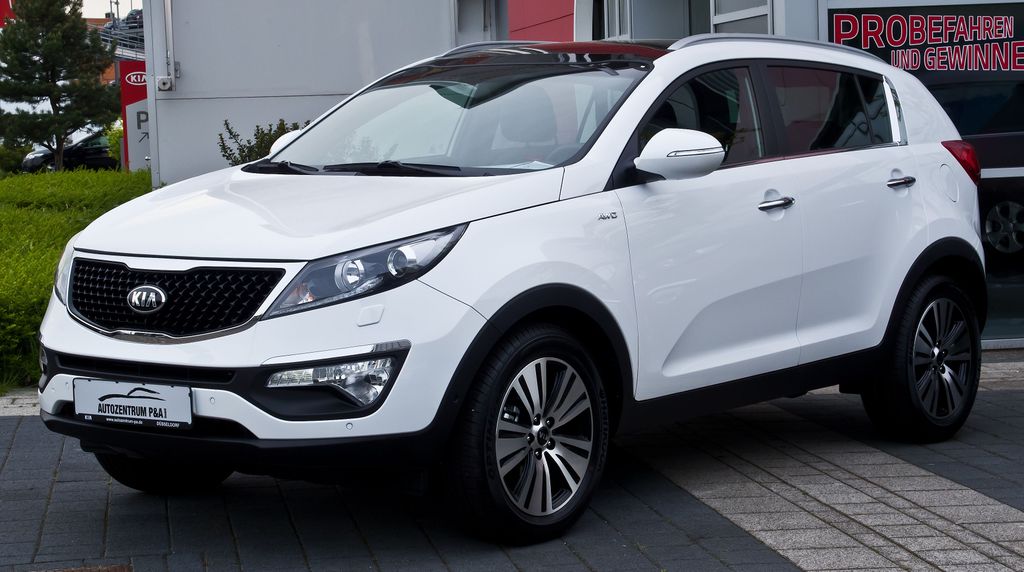
6. **Kia Sportage**: For new drivers who might prefer an SUV, the Kia Sportage stands out as an IIHS Top Safety Pick+ for its 2024 4-door SUV model, alongside a 5-Star Overall Safety Rating from NHTSA. These high safety accolades are crucial for parents, confirming the Sportage’s robust protection capabilities in various collision scenarios and its advanced systems designed to prevent accidents. Selecting a vehicle with such strong safety credentials is a foundational step in ensuring a new driver’s security on the road.
The Kia Sportage incorporates an impressive suite of Driver Assistant Technology features designed to support and protect inexperienced drivers. Its Lane-Keeping Assist actively helps the vehicle stay within its lane by gently steering it back into position if unintended drifting is detected, reducing the risk of lane departure accidents. Park Distance Warning utilizes sensors to detect objects around the vehicle while parking, alerting the driver to potential obstacles. This feature is particularly beneficial for new drivers who may struggle with spatial awareness in tight parking situations, enhancing maneuverability and preventing minor collisions.
Offering a roomy interior and a smooth ride, the Sportage also delivers practical advantages. With an estimated combined MPG of 32, it provides reasonable fuel efficiency for an SUV, helping manage running costs. Kia’s exceptional 10-year/100,000-mile powertrain warranty adds a significant layer of security, minimizing concerns about long-term reliability and unexpected repair expenses. Furthermore, the UVO infotainment system helps drivers stay connected safely, integrating technology that supports rather than distracts the new motorist.
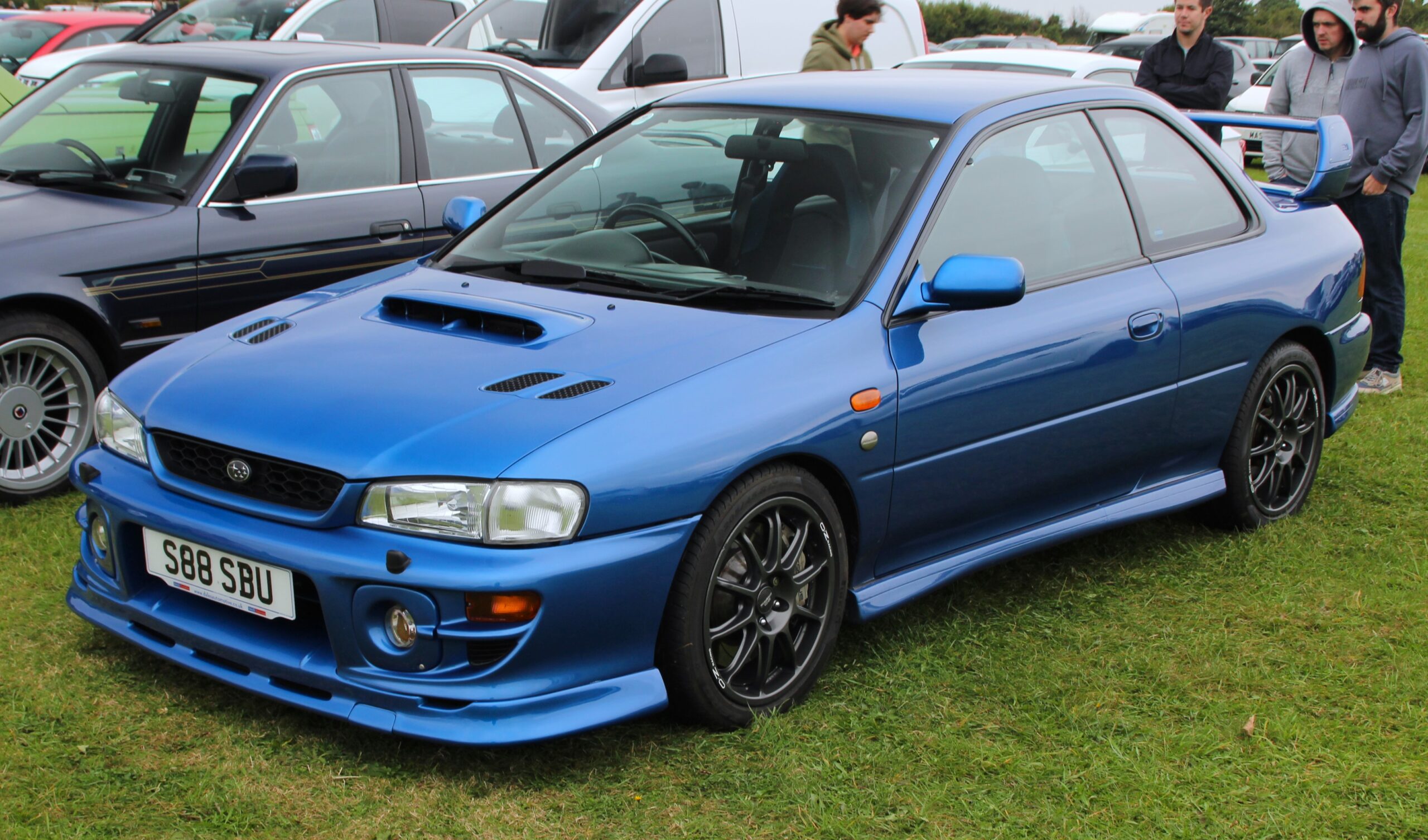
7. **Subaru Impreza**: The Subaru Impreza is an excellent choice for new drivers, particularly valued for its standard All-Wheel Drive (AWD) and exceptional safety ratings. The 2024 4-door wagon model has been designated an IIHS Top Safety Pick+, and it boasts a 5-Star Overall Safety Rating from NHTSA. These top-tier evaluations emphasize the Impreza’s superior crash protection and advanced accident prevention systems, providing a high level of confidence for parents in their new driver’s vehicle choice.
A standout feature of the Impreza is its EyeSight Driver Assist Technology. This comprehensive suite of advanced safety features continuously monitors traffic conditions, optimizes cruise control to maintain safe following distances, and warns the driver if the vehicle sways outside its lane. The Adaptive Cruise Control specifically adjusts the car’s speed to maintain a preset safe distance from the vehicle ahead, easing the burden of speed management, especially on highways, and reducing the stress associated with long drives for novice drivers.
Beyond its safety features, the Subaru Impreza offers significant practical benefits. Its standard AWD system provides enhanced confidence and traction in various weather conditions, a crucial advantage for new drivers facing diverse road challenges. The spacious interior and comfortable rear seats make it practical for daily use, accommodating passengers and cargo effectively. Subaru’s STARLINK Safety and Security system provides additional safety features and support services, reinforcing the Impreza’s position as a well-rounded, secure, and reliable vehicle for new drivers.
Transitioning from our top recommendations, it’s equally crucial to understand which vehicles pose higher risks for new drivers. While the previous section focused on models that prioritize safety and support, this segment will shine a light on vehicles that, statistically, have higher rates of driver fatalities, making them less suitable choices for those just starting out on the road. For inexperienced drivers, the characteristics that make certain cars appealing to enthusiasts can become significant liabilities, underscoring the necessity of a cautious and informed approach to car selection.
Understanding these risks is not about demonizing specific models but about empowering parents and young drivers with the knowledge to make safer choices. The data on driver fatalities per million registered vehicles provides a stark reality check, revealing patterns where smaller cars and powerful, performance-oriented vehicles consistently exhibit higher rates of fatal crashes. These statistics serve as a vital guide in navigating the complex landscape of car ownership for new drivers, where safety must always be the paramount concern.
Here, we present the models identified as having some of the highest rates of driver deaths, along with crucial advice for parents on how to select a car that maximizes protection, manages insurance costs, and integrates essential safety features. Our goal remains to provide practical, data-driven recommendations, ensuring that every new driver has the best possible start to their independent driving journey.
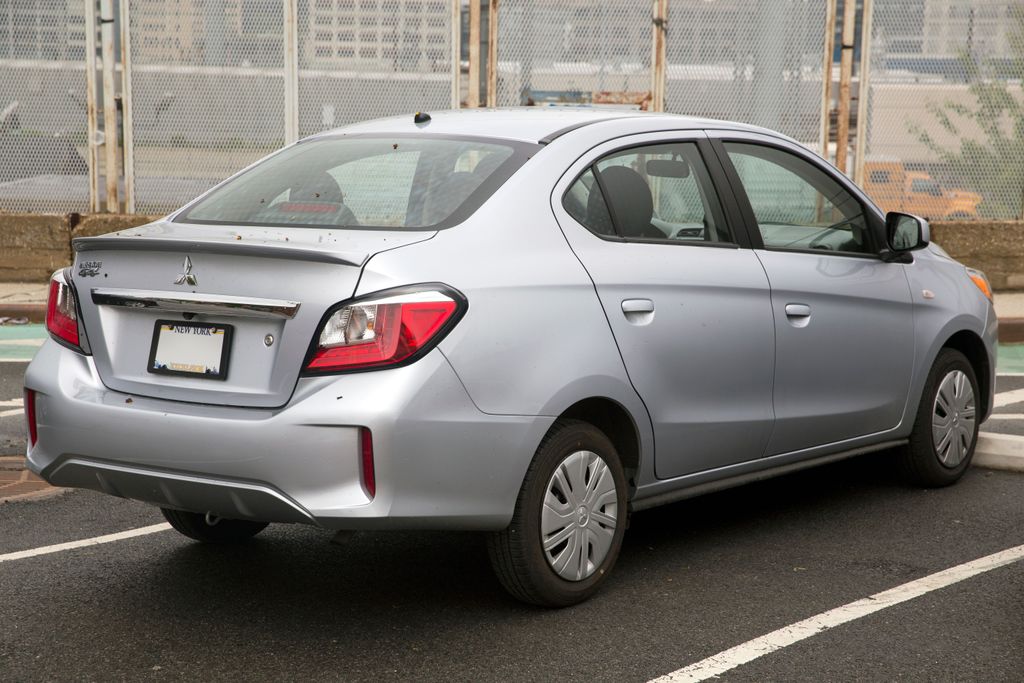
8. **Mitsubishi Mirage G4**: The Mitsubishi Mirage G4 registers an alarmingly high fatality rate of 205 deaths per million registered vehicles, making it a critical model to understand when considering cars for new drivers. This rate places it among the vehicles with the highest risks, a factor that cannot be overlooked when prioritizing safety. Its average insurance cost, at $687.11 per month, also reflects the heightened risk associated with this model.
A significant contributor to this elevated risk profile is the vehicle’s small stature. Our research consistently shows that small vehicles have the highest rates of driver deaths. For an inexperienced driver, a smaller car offers less structural protection in a collision compared to larger, heavier vehicles, which can have dire consequences in the event of an accident. This reduced mass and footprint inherently translate to less energy absorption capability, increasing the severity of impacts on occupants.
Beyond its size, the Mirage G4, like other vehicles with high fatality rates, may lack some of the advanced safety features prevalent in top-rated models. While newer vehicles generally come with anti-lock brakes, traction control, and stability control, the overall protective design of smaller, more budget-focused cars often falls short in severe crash scenarios. For parents, opting for vehicles with robust crashworthiness and comprehensive active safety suites is a far more prudent choice for new drivers.
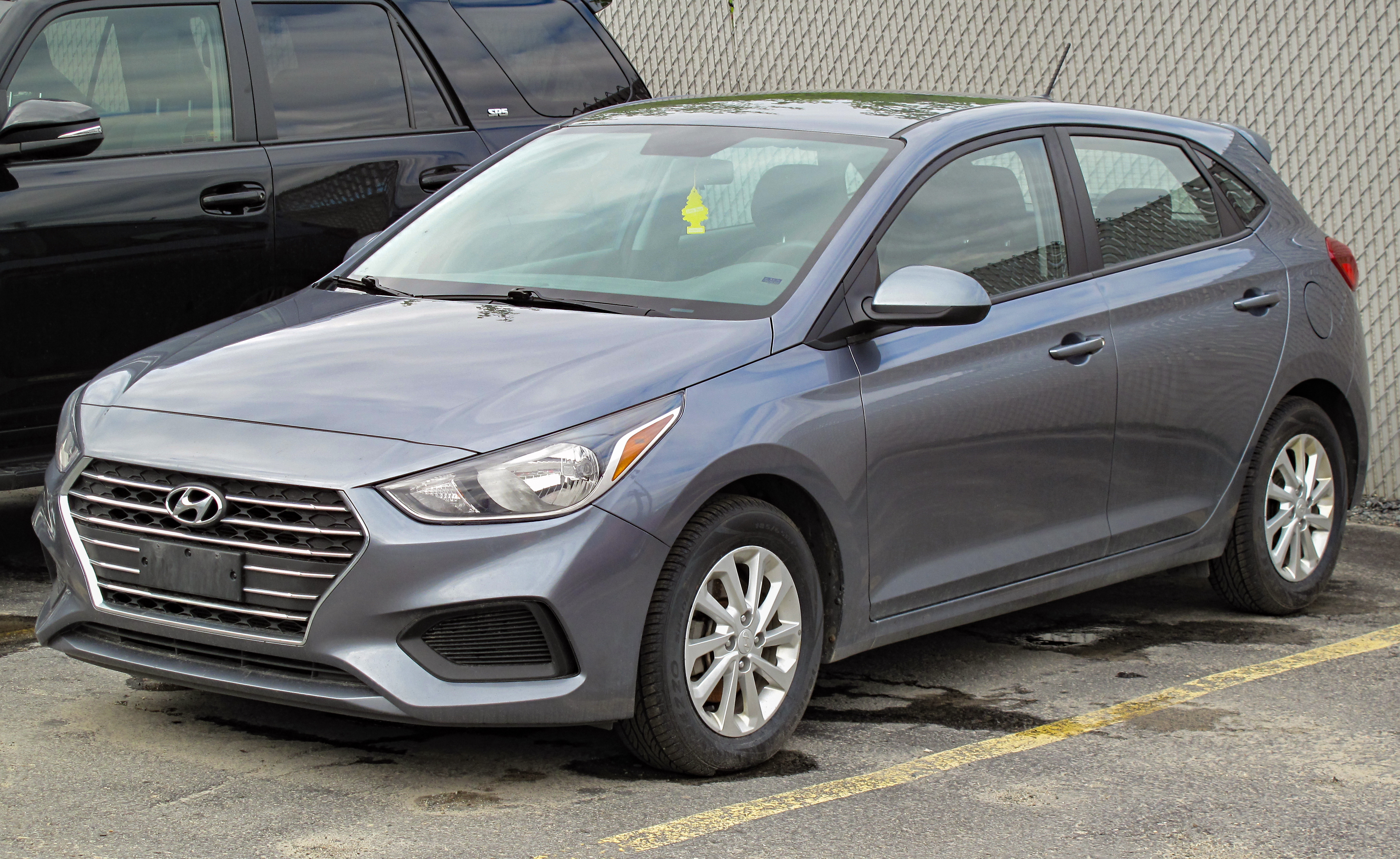
9. **Hyundai Accent**: The Hyundai Accent, a compact sedan, shows a concerning fatality rate of 152 deaths per million registered vehicles. While the specific average insurance cost for teens is not provided in the context for this model, its high fatality rate places it among the vehicles to reconsider for new drivers. Its classification as a smaller vehicle is a key factor in understanding its risk profile.
Similar to the Mitsubishi Mirages, the Accent’s compact size is a primary concern. The context explicitly states, “Small vehicles and muscle cars have the highest rates of driver deaths.” In a collision, smaller vehicles offer less crumple zone and structural integrity to absorb impact forces, meaning occupants are subjected to greater G-forces and have less buffer from external forces. This reduced protection is a critical drawback for new drivers.
When evaluating vehicles, parents should be mindful of the trade-offs between vehicle size and safety. While smaller cars can be easier to maneuver and park, these benefits are often outweighed by the increased risks in a crash. For new drivers, a vehicle that offers robust passive safety features and sufficient mass to mitigate collision forces is generally a safer bet, providing a more protective environment as they gain experience.

10. **Dodge Charger HEMI 2WD**: Bringing up the end of our list of vehicles to approach with caution for new drivers is the Dodge Charger HEMI 2WD, with a fatality rate of 118 deaths per million registered vehicles. This model also comes with a higher average insurance cost for teens, at $299.22 per month, reflecting the increased risk insurers associate with its performance capabilities, especially when driven by a novice.
The Charger HEMI, like the Challenger, is a powerful vehicle with a strong emphasis on performance, placing it firmly in the category of cars with “excessive horsepower.” The context explicitly advises against such vehicles for new drivers, stating that they “shouldn’t be too small or too big,” and crucially, “Don’t buy a sports car or other vehicles with excessive horsepower.” The raw power and responsive handling can be a handful for an inexperienced driver, making it easier to lose control and contribute to severe accidents.
For parents concerned about the safety of their new driver, it is paramount to avoid vehicles that tempt speed and aggressive driving. The learning curve for a young driver is steep enough without adding the complexities of managing a high-horsepower engine. A vehicle that promotes calm, controlled driving is far more conducive to developing safe habits and minimizing the risk of incidents during the critical early years of independent driving.
Choosing the right car for a new driver is a journey filled with considerations, from the exhilarating prospect of independence to the sobering reality of road risks. By meticulously evaluating vehicle safety ratings, understanding the dangers of certain car types, and proactively engaging with insurance and advanced safety technologies, parents can equip their teens with a vehicle that truly inspires confidence and prioritizes their well-being. This comprehensive approach ensures that the stories a new driver will eventually share are not just about getting to their next life event, but about doing so safely and reliably, making every mile a testament to smart choices and careful preparation.



